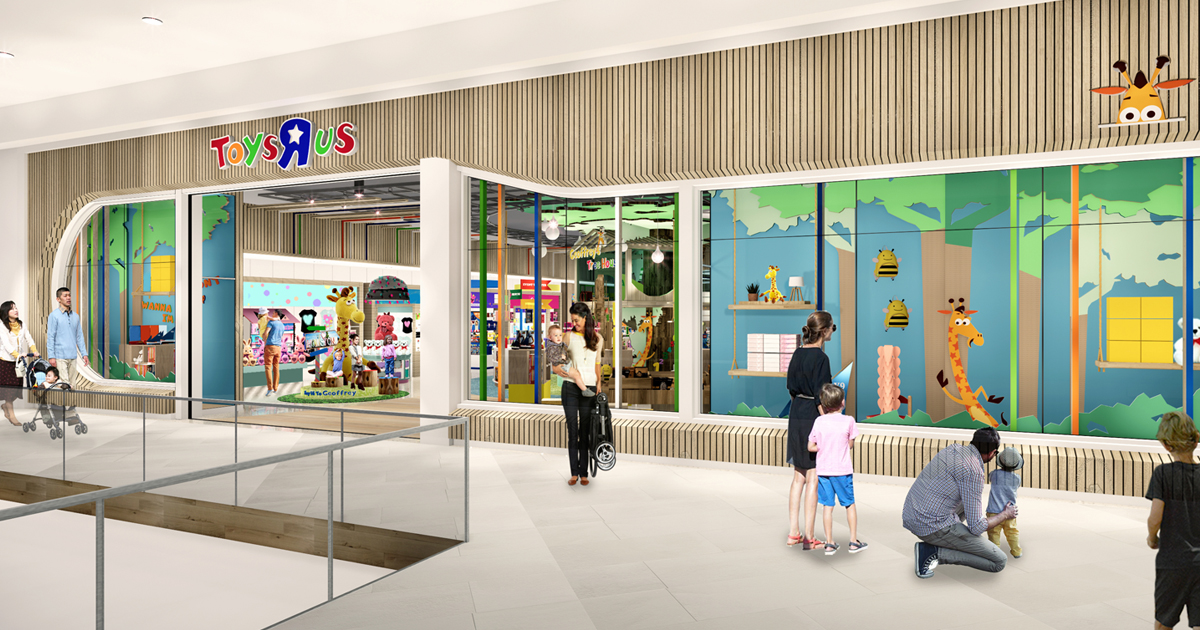Toys R Us Is Back. Let the Games Begin!

In the retail graveyard of brick-and-mortar stores, mourners wept loudly when Toys R Us was laid to rest in 2018, seeing their happy memories of toy buying buried along with the once-venerable brand.
“I’m OK with some retailers dying,” says Lauren Beitelspacher, an associate professor in the marketing division whose research has focused on retail management, buyer-supplier relationships, and the retail supply chain. “Companies have life cycles and sometimes it’s time to move on—but I don’t feel it was Toys R Us’s time.”
Luckily, news broke recently that Toys R Us is being revived, albeit in a limited capacity and morphing into something vastly different from its traditional merchandise-on-a-shelf model.
A Brand Reinvention
Tru Kids Brands, which now owns both the Toys R Us and Babies R Us brands, is partnering with innovative retailer b8ta to launch stores in time for the holidays in Houston’s Galleria and the Westfield Garden State Plaza in Paramus, New Jersey.
The stores will be highly interactive, with kids able to play with toys before buying them, and parents hopefully joining in the fun. Gizmodo reported that manufacturers will have their own branded spaces within the stores to further hype the latest and greatest.
All of this sounds pretty good to Beitelspacher. “It’s great to see a retail brand reinvent itself,” she says, “and it’s sad that it took this shocking thing to have it happen.”
Childhood Connections
Beitelspacher wrote last year that the chain’s closing “tugged at my heartstrings,” adding, “For many, Toys R Us played a huge role in our childhood memories. … In its heyday, Toys R Us gave kids access to a seemingly boundless inventory of toys, games, and crafts that no other retailer was able to offer.”
As a retail expert she noted that inventory challenges and marketplace competition contributed to the store’s demise. As a mother, she sometimes grew frustrated at the lack of consumer-friendly experiences, like having to wait in line for 40 minutes to check out. “The entire experience was miserable,” she wrote.
But, Beitelspacher has hope. The new iteration of Toys R Us “sounds like a more modern model,” she says, “and that they’re trying to be more experiential. They’re adapting. That’s great for Generation Z and Millennial parents who want to be able to shop with their kids.”
The Store as Showroom
Offering a hands-on shopping experience is a smart business move: “If kids are able to try the toys out, it helps reduce the risk for the child and the parent—parents don’t want to spend money for a toy the child is not going to like.” Interacting with toys and skilled salespeople also makes parents more inclined to buy from that retailer, rather than looking online for a cheaper price point.
“Research shows,” Beitelspacher adds, “that using a store as a showroom means that customers have pretty much already made up their minds to buy something. When a salesperson interacts directly with a customer in a store, they can redirect that purchase from online back to the original store.”
The new Toys R Us stores may still be a great place for entrepreneurs to pitch, although it’s not known yet which manufacturers the company will work with. “I do think (Toys R Us) will want all the cool new stuff, and exclusive stuff that people can’t buy online,” Beitelspacher says. “I hope that’s going to continue to be part of their strategy.”
And, what manufacturer wouldn’t want to have their own branded area in a retail environment? “This way, the vendor can control the narrative,” she says, “and control how customers are seeing the brand.”
“I’m hoping there is a way to keep a nostalgic connection,” she says, maybe even reanimating affable mascot Geoffrey the Giraffe. At the end of the day, it will truly be up to consumers whether the resurrected Toys R Us lives or dies—again: “I hope this makes people realize that if they want the store, they have to shop there.”
Image courtesy of Toys R Us
Posted in Insights





